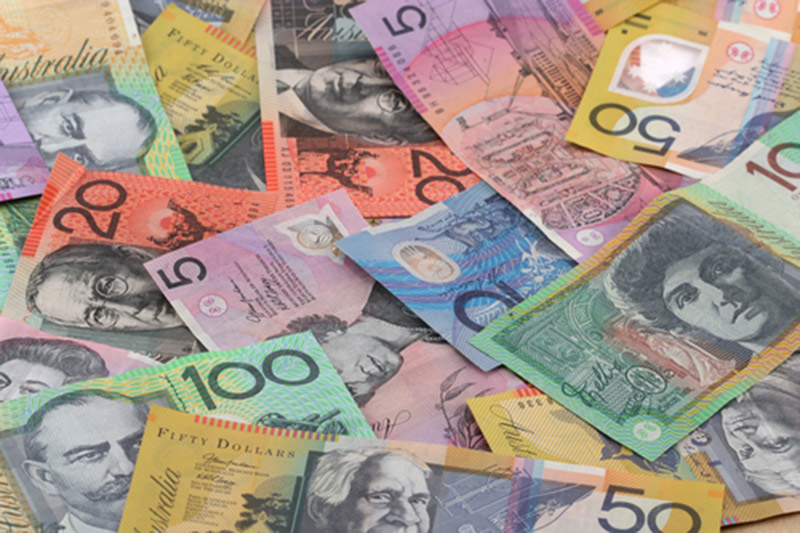Investing.com - The Australian dollar dropped to a two-month low against its U.S. counterpart on Thursday, after the release of mixed economic reports from Australia and as global geopolitical tensions continued to dampen market sentiment.
AUD/USD hit 0.7025 during late Asian trade, the pair’s lowest since November 11; the pair subsequently consolidated at 0.7036, dropping 0.49%.
The pair was likely to find support at 0.7012, the low of November 10 and resistance at 0.7171, Wednesday’s high.
The Australian Bureau of Statistics reported on Thursday that building approvals declined by 12.7% in November, compared to expectations for a 3.0% fall. Building approvals rose 3.3% in October, whose figure was revised from a previously estimated 3.9% increase.
A separate report showed that Australia’s trade deficit narrowed to A$2.906 billion in November from A$3.247 billion in October, whose figure was revised from a previously estimated deficit of A$3.305 billion.
Analysts had expected the trade deficit to hit A$3.100 billion in November.
Meanwhile, investors remained cautious after North Korea confirmed on Wednesday that it had conducted a successful nuclear test.
Markets were also jittey amid growing tensions between Iran and Saudi Arabia, following the execution of a prominent Saudi Shia cleric.
Elsewhere, the greenback came under pressure after the minutes of the Federal Reserve’s December meeting showed that some officials expressed concern that inflation would linger below their 2% objective.
Concerns over inflation are likely to remain central in the pace of the Fed’s next rate hikes this year.
For the first time since 2006, the Fed raised interest rates by a quarter of a percentage point to between 0.25% and 0.50% at December policy meeting.
The Aussie was lower against the euro, with EUR/AUD gaining 0.46% to 1.5305.
